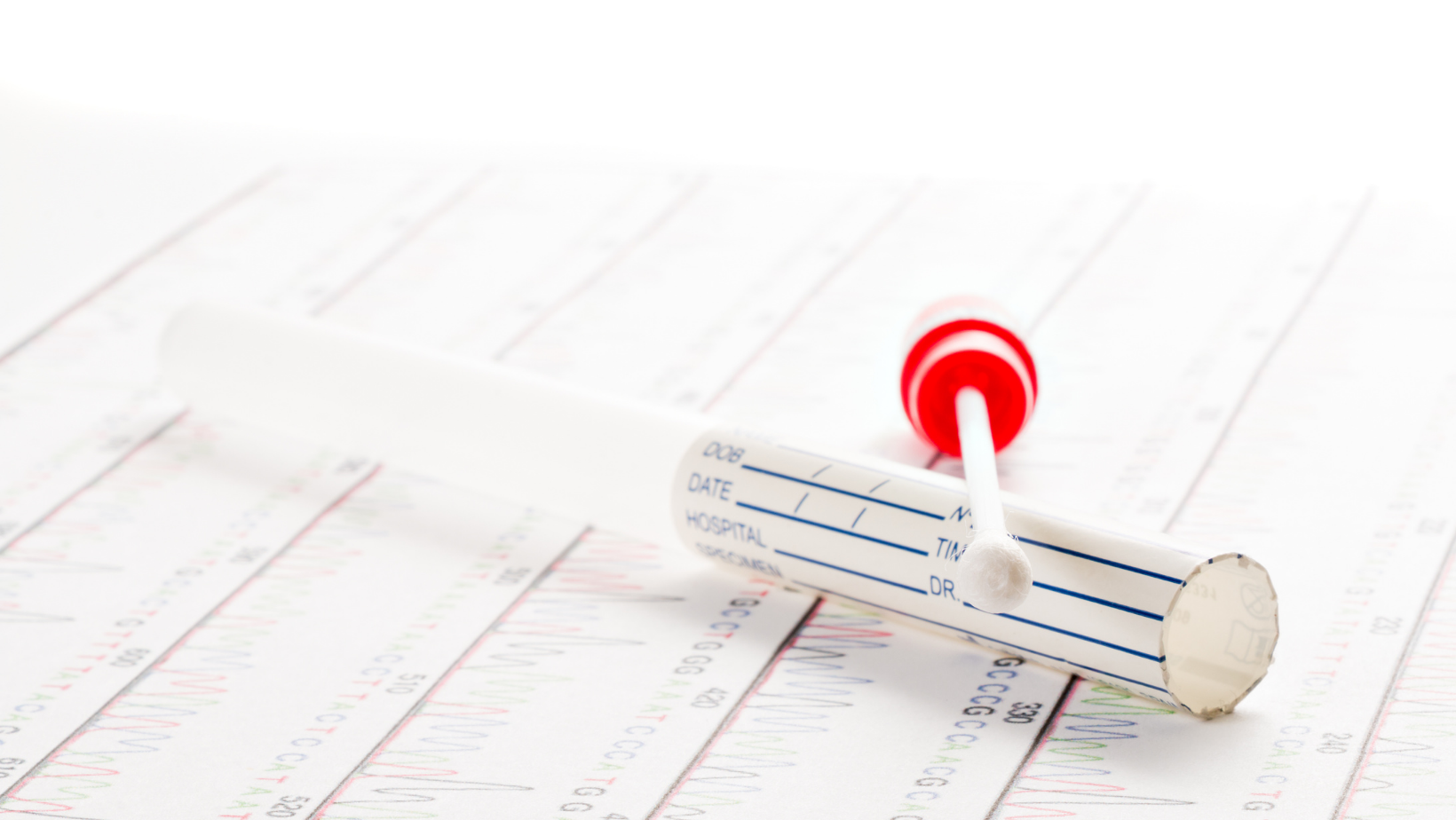Do you still feel anxious about COVID-19 when you leave your house to shop, work, or eat? These days we are all looking for clean, safe, and healthy environments when we go out in public. But how can we trust that restaurants, retail stores, hospitals, and gyms are safe when dangerous germs and bacteria are invisible to the naked eye? With ATP Testing, Luminometers and the Imperial Shield, we’ll make sure you have the best protection around.
How Do Harmful Viruses and Bacteria Spread?
Let’s start by understanding how infection spreads. When a person with a virus sneezes or coughs, the virus can become airborne and land on a surface that others may touch. This creates a probability that the virus can spread, especially in high-touch areas or any surfaces in frequently visited areas, such as:
- Door handles and knobs
- Light switches
- Handrails
- Elevator buttons
- Sinks and faucets
- Restroom stalls and dispensers
- Vending machines
So, the critical issue that professional cleaners face is that disinfection only lasts if a surface is not exposed to dangerous new bacteria, mold, or deadly pathogens. An area that has been cleaned and disinfected can quickly be at risk again if a person who is infected sneezes or touches a surface that has recently been disinfected. That is why it’s important to constantly disinfect high-touch areas.
Can Disinfected Surfaces Remain Germ Free Over Time?
No one can guarantee that cleaned and disinfected environments will remain 100 percent germ-free forever, but today, professional cleaning companies have an arsenal of solutions. These include:
- ATP Testing
- Electrostatic sprayer equipment
- CDC List N - Approved Disinfectants
- Antimicrobial agents
Smart business owners, worried about how viruses can spread, are taking care to change their cleaning protocols, so let’s look at these options in more detail.
What is ATP Testing and How Does it Determine the Level of Cleanliness and Disinfection?
ATP (Adenosine Triphosphate) testing provides visibility into the levels of bacteria present at the location to be cleaned. It is recommended that your cleaning company perform ATP testing before and after cleaning and disinfection to confirm proper disinfection.
Typically, a professional cleaning company will start by doing benchmark tests that monitor ATP levels. A high ATP reading indicates the presence of bacteria on a surface.
Using a device called a Luminometer, and special swabs that test for different organic materials, ATP monitoring provides a relatively effective method to determine the cleanliness of surfaces. Results can be viewed in as little as 15 seconds.
Are all Disinfectants the Same and are They Safe?
No, all disinfectants are not the same. There are hundreds of different disinfectants that can be used for various cleaning requirements. Fortunately, the CDC has put out the CDC List N - Approved Disinfectants which gives proper guidance on how different disinfectants are effective for different purposes. Your professional cleaner should be using disinfectants that are on the CDC N list and be well trained on how to apply disinfectants for maximum coverage. It’s particularly important that proper attention has been paid to “Dwell Time” as different disinfectants require various dwell times to become effective.
How do Electrostatic Sprayers Work?
The electrostatic spray method applies a small electric charge to liquid droplets as they pass through a sprayer. The charged droplets are then attracted to surrounding surfaces, which helps provide uniform coverage.
This bonding effect helps its liquid droplets reach areas that are hidden from sight. With its evenly coated mist, Electrostatic spray disinfectant more-easily disinfects those hard-to-reach areas, like the underside of a chair.
The electrostatic spray method applies a small electric charge to liquid droplets as they pass through a sprayer. The charged droplets are then attracted to surrounding surfaces, which helps provide uniform coverage.
How do Antimicrobial Agents Kill Bacteria and Viruses for up to 90 days?
Since standard disinfection protocols only provide temporary solutions, more and more business owners are looking at new longer lasting solutions like antimicrobial protection that can offer up to 90 days of long-lasting protection from deadly pathogens.
An example of an Antimicrobial agent is Pro-Techs. The active ingredient in Pro-Techs forms a colorless, odorless, positively charged polymer that molecularly bonds to a treated surface.
Pro-Techs is a unique, non-migrating antimicrobial technology that works 24/7 to prevent growth of bacteria, fungi, algae, yeasts, and viruses with a 99.9 percent effectiveness on a wide variety of treated articles and substrates. The Antimicrobial active is registered under the EPA, European Biocidal Products Regulation, and many other comparable regulatory bodies around the world. The Antimicrobial has been used safely and effectively for more than forty years.
Ask your cleaner about the new advances in science that are allowing all of us to see longer and longer times between disinfection cycles. It’s very possible that you could be getting better protection at a lower cost.



